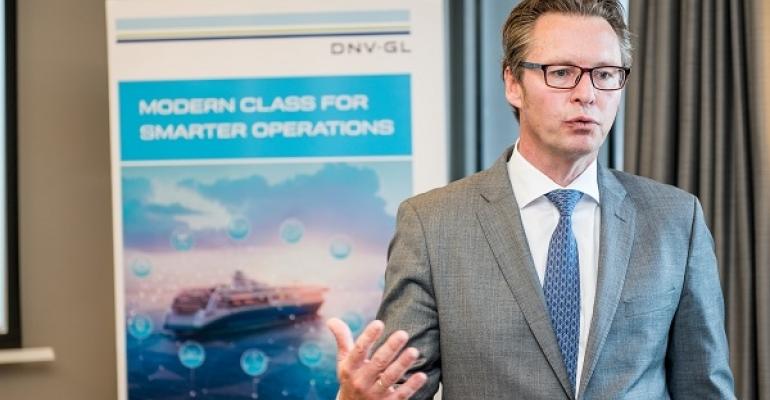Increased transparency on safety was one of five areas of focus outlined by DNV GL ceo of maritime Knut Ørbeck-Nilssen at a press briefing for Nor-Shipping in Oslo.
Ørbeck-Nilssen highlighted the report into the fatal sinking of the converted ore carrier in 2017, which took some two years to be released and questioned why preliminary findings could not have been released earlier.
“Now two years is really quite a long time if you think about it if you think about what can happen from the time accident occurred to recommendations being made. I think this is two year wasted time,” he said.
With DNV GL also having vessels converted from VLCCs on its books it undertook its own investigations.
“We did our own internal investigations because we had converted VLCCs and we came up with preliminary findings at the end of 2017. I see no reason why the official investigators could not have released their preliminary findings at that stage and we could have had access to that information,” he said.
Ørbeck-Nilssen said the Norwegian Maritime Authority’s issuing of a preliminary report within days of an incident involving the cruise ship Viking Sky earlier provided a good example of what should happen. “I think that is the way to go and think we have to take that fast learning on board,” he said.
The comments came as part of push on maritime safety as it is threatened with being overshadowed by challenging markets, demanding environmental regulations, and new technologies.
“In a time when shipping is rapidly transforming, I believe it is crucial to put our primary focus on safety, making sure it is at the core of all changes – whether it is ways of working, technology, or regulations,” said Ørbeck-Nilssen.
“I have five proposals that I believe could benefit our industry and improve safety at sea. Firstly, to develop holistic regulations with safety at the core – this is a challenge to the IMO and the classification societies when they are developing rules. Secondly, to improve the safety culture within shipping companies. Thirdly, to apply barrier management lessons from other industries. The fourth proposal is to increase transparency on incident findings. And finally, to unlock data silos for deeper insights into incidents and near-misses.”
Copyright © 2024. All rights reserved. Seatrade, a trading name of Informa Markets (UK) Limited. Add Seatrade Maritime News to your Google News feed.


